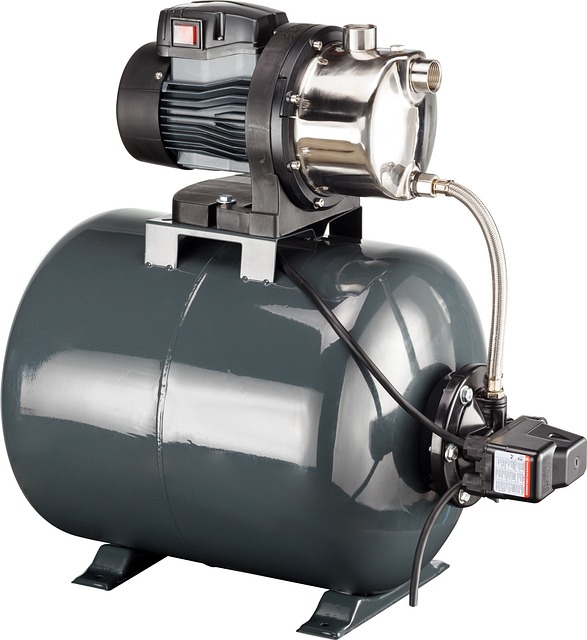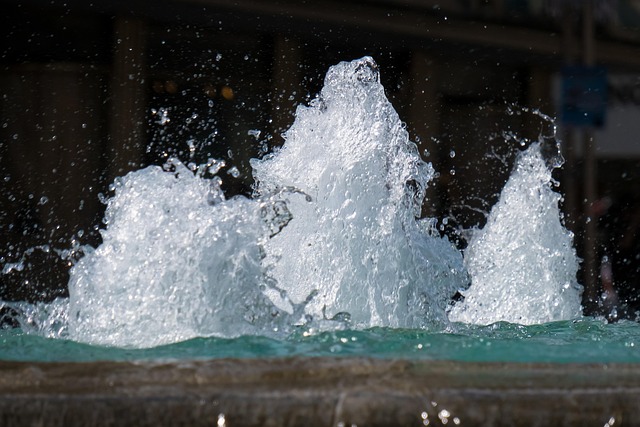Low water pressure can be caused by outdated plumbing, corroded pipes, inadequate supply, faulty valves, or clogged aerators. To increase water pressure, inspect and repair leaks/corrosion, ensure the pressure regulator is functioning, flush the system regularly, and use water softeners to prevent mineral buildup. Adjust aerators, address complex issues with a plumber, and maintain pipes through inspections, cleaning, and annual check-ups for consistent, optimal water flow.
Are you experiencing low water pressure at home? This common issue can be frustrating, but identifying and addressing the root cause is straightforward. In this comprehensive guide, we’ll walk you through the most frequent culprits behind inadequate water pressure—from leaks and corroded pipes to faulty valves—and provide practical solutions to boost your supply. Learn how to maintain consistent flow with long-term maintenance tips for a smoother, more efficient home experience. Discover how to increase water pressure effectively!
- Identifying Common Causes of Low Water Pressure
- Practical Solutions to Boost Your Water Pressure
- Long-Term Maintenance Tips for Consistent Water Flow
Identifying Common Causes of Low Water Pressure

Low water pressure can be frustrating, making everyday tasks like showering or doing laundry less enjoyable. Identifying the root cause is the first step to knowing how to increase water pressure. Common culprits include outdated plumbing, corroded pipes, low water supply, faulty valves, or even a problem as simple as a clogged aerator. Outdated or damaged pipes may restrict water flow, while corrosion can cause leaks that reduce overall pressure. If your home’s water supply is inadequate, it simply cannot deliver the pressure needed. Faulty valves, whether in fixtures or pipelines, can also lead to sudden drops in pressure. Even something as seemingly minor as a clogged aerator can significantly affect the pressure at individual taps.
Practical Solutions to Boost Your Water Pressure

Low water pressure can be frustrating, but there are practical and effective solutions to boost it. Start by checking your pipes for any leaks or corrosion, as even small issues can significantly reduce water flow. Repairing or replacing these sections can immediately improve pressure. Next, ensure your pressure regulator is functioning correctly; a faulty regulator can restrict the water supply. Consider upgrading to a higher-capacity model if needed.
Another common cause of low pressure is mineral buildup in pipes and fixtures. Regularly flushing your system and using water softeners can help mitigate this problem. Additionally, aerators on faucets and showerheads can be adjusted or replaced to increase water flow. If the issue persists, consult a professional plumber who can diagnose and address more complex problems, such as faulty valves or damaged pipelines.
Long-Term Maintenance Tips for Consistent Water Flow

Maintaining consistent water pressure over time requires a proactive approach. Regular inspection and cleaning of your plumbing system are key steps in preventing clogs and mineral buildup, which can significantly reduce water flow. Over time, sediment can accumulate in pipes, especially in areas with hard water, leading to a decrease in water pressure.
To increase water pressure, consider implementing long-term maintenance practices such as scheduling professional plumbing check-ups annually, installing water softeners to mitigate mineral accumulation, and regularly flushing out your system’s filters. Additionally, keeping an eye on pipe corrosion and replacing old fixtures can contribute to maintaining optimal water pressure, ensuring a steady and robust flow throughout your home or business.
Water pressure issues can significantly impact your daily routines, but understanding the root causes and implementing effective solutions can restore consistent flow. By identifying common culprits like corroded pipes, faulty valves, or outdated fixtures, you can take targeted actions to boost water pressure. Adopting practical strategies such as pressure regulator installation, aerator replacement, or even re-routing plumbing can make a noticeable difference. Additionally, long-term maintenance tips, including regular flushing and checking for leaks, ensure your plumbing system remains optimized for years to come, making it easier to enjoy robust water pressure without constant worry.
